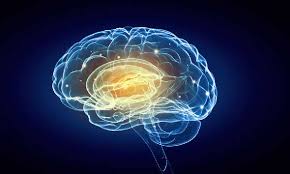🧠 The Science of Theta Brainwaves and Baby Sleep
If you’ve ever watched your baby slowly drift off—eyelids fluttering, breath softening—you’re witnessing the rise of theta brainwaves.
Here’s why that matters, and how The Dreamer is designed to support this crucial sleep transition.
🧠 What Are Theta Brainwaves?
Our brains cycle through different wave patterns based on consciousness levels:
| Brainwave | Frequency | State |
|---|---|---|
| Beta | 13–30 Hz | Alert, focused |
| Alpha | 8–13 Hz | Calm, restful |
| Theta | 4–8 Hz | Drowsy, dreamy, pre-sleep |
| Delta | 0.5–4 Hz | Deep sleep |
Theta is the gateway to sleep—especially important in babies and young children whose brainwave patterns are more variable and sensitive.
👶 Why Theta Matters for Babies
During early development, babies naturally drift into theta waves during:
-
Naps
-
Nighttime routines
-
Transitions between REM and deep sleep
But modern distractions—harsh noise, light, and stress—can disrupt this flow.
That’s why The Dreamer is intentionally engineered to gently cue theta-state entry using:
-
432 Hz and 528 Hz soundscapes
-
Melatonin-safe amber lighting
-
Soft golden-ratio sound diffusion
🎧 How Dreamer Supports Brain-Aligned Sleep
Theta waves are easily influenced by sound and environment.
By delivering harmonics that support calm breathing and emotional regulation, The Dreamer:
-
Helps babies fall asleep faster
-
Encourages deeper rest
-
Reduces overstimulation at bedtime
It’s like a bridge from chaos to calm—designed for tiny nervous systems.
💤 When Brainwaves Sync with Sleep
Creating a bedtime routine that supports theta brainwaves can:
-
Reduce nighttime wakeups
-
Improve naps
-
Strengthen baby’s internal clock
That’s why Dreamer doesn’t just “play noise.” It harmonizes with biology.
Explore how 432 Hz connects with theta states →
👉 What is 432 Hz and Why It Calms Babies

